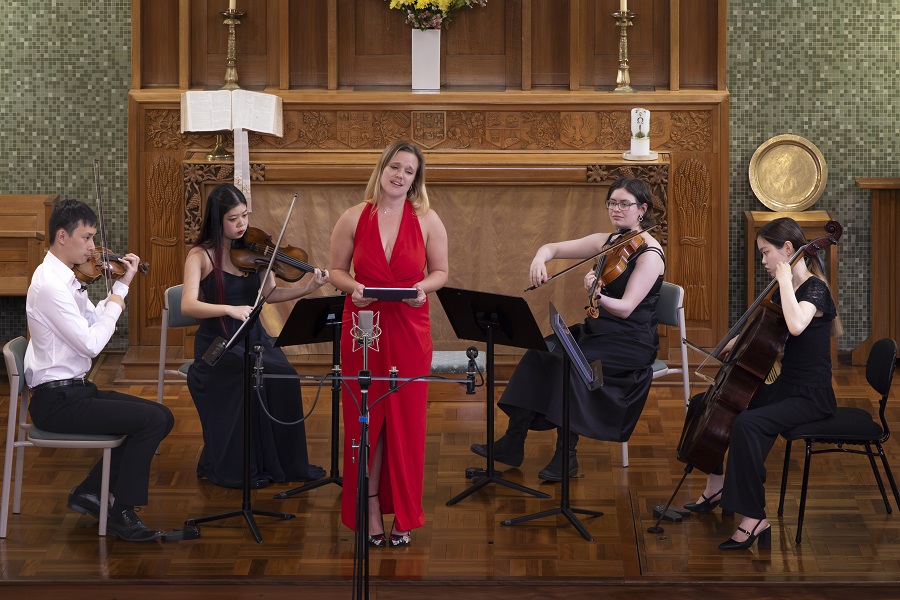
JS BACH and GF Handel shared a birth month and year (March, 1685) and a birth country (Germany; their birth places were less than 200km apart), but never met.
Nonetheless, their music, no doubt influenced by the styles of the time, go almost hand-in-glove. And so an entire program of music by Bach and Handel seems almost inevitable.
Opening the program was Bach’s Orchestral Suite No 1 – in essence, a set of dance tunes – written around 1718. Canberra Sinfonia’s conductor, Leonard Weiss, took the tempi at a steady pace – perfect for dancing – with some very clear direction if somewhat lacking in vitality.
The ensemble’s playing was hampered a little by tuning problems and a lack of precision and clarity in some of the faster passages. Ensemble balance was a little uneven at times, too, when the two cellos and single double bass overpowered the rest of the group. Even so, there were many very pleasant moments – the stately Gavotte I & II, and the flowing Minuet I & II were beautifully rhythmic such that more feet than mine surely must have been tapping along.
The second half was devoted to the music of Handel and two of his organ concerti – Numbers 1 and 4 from Opus 7 – written in the early-to-mid 1740s. Composer and master organist, Calvin Bowman, was soloist. It was good to hear the fine instrument installed in the Wesley church, even if it was only with the necessarily quite limited registrations. Much as Handel might have done in his own performances it would have been good to hear Bowman play some improvisations, to give him a better chance to show off his talents.
There was still the occasional minor tuning issue in the Sinfonia, but, primarily, these only emerged in the upper registers when the pitch did not quite match the organ’s. Overall, though, these two works enjoyed quite lovely balance between ensemble and organ, with exchanges and echoes between the two flawlessly executed.
The better-known concerto number 4, which closed the program, was the highlight of the recital, with the final movement, Allegro, played with spirit and being a fitting conclusion to this interesting recital.
Who can be trusted?
In a world of spin and confusion, there’s never been a more important time to support independent journalism in Canberra.
If you trust our work online and want to enforce the power of independent voices, I invite you to make a small contribution.
Every dollar of support is invested back into our journalism to help keep citynews.com.au strong and free.
Thank you,
Ian Meikle, editor




Leave a Reply